Logo Usage
Identity Guidelines
It’s sometimes easy to forget that every communication that bears the University name has a significant influence on the Howard brand – no matter how monotonous or inconspicuous. In addition to the visual and procedural guidance provided in this document, below are some tips for creating effective official Howard University communications.
The Howard logo should not be modified, altered or corrupted in any manner.
Logo Dos
Do brand your communications materials.
Using Howard’s graphic identifiers facilitates an immediate association with the University and strengthens your product.
Do use Howard’s graphic identifiers “as is.”
The more consistently these official markers are used, the more recognizable they will become—which is good for the Howard brand.
Do consult OUC when branding new products.
OUC will be able to help you utilize the Howard identity, promote your materials via official channels, and follow internal communications guidelines.
Do provide OUC with a minimum two weeks notice for reviewing your materials.
This will allow OUC sufficient time to consult with other departments and committees if unanticipated issues arise.
Do share this manual with your team and any external graphic designers who develop communications materials.
While this manual is proprietary, it should be shared with everyone involved in communications so that they can be familiar with the Howard identity, and recognize if something looks out of place.
Do assess your communications annually to ensure branding compliance.
There may be things you could improve with every communication, like photography style or secondary logos. Also, take the opportunity to review editorial and marketing considerations so that you’re delivering what your audience wants.
Logo Don'ts
Don’t forget to brand.
Omitting Howard’s graphic identifiers from your communications materials will make others second-guess their authenticity.
Don’t alter Howard’s graphic identifiers.
Tweaking the Howard image—even a little—only dilutes the overall brand. It is natural to become bored with the brand when you’re using it over and over again. But remember that you’re not branding just for you—you’re branding so that those who are less familiar with Howard will immediately know and trust its communications.
Don’t “wing it” on your own.
You shouldn’t have to figure out branding all alone—OUC, as well the Department of Graphics and Printing and the Office of Office of Auxiliary Enterprises, are here to help you make good decisions.
Don’t wait until the last minute to connect with OUC.
The more time there is to work together, the better the outcome will be.
Don’t shelve this manual.
Keep it in an easily accessible place so that you and your team will refer to it often. Be sure to bookmark its web address on your computer as well.
Don’t view branding compliance as a hindrance.
Instead, think of it as a practical way to promote Howard’s image while drawing on its reputation.
Prior to Dec. 1, 2003, specific written permission was granted to a limited number of units to create and use a “secondary logo” or graphic identifier. These graphic identifiers have “grandfather” status for continued use.
In order to maintain the University’s recognizable visual identity, these graphic identifiers are to be considered as design elements only, and always graphically subordinate to Howard University’s institutional or unit signatures.
When any approved “secondary logo” or graphic identifier is used, it must appear in conjunction with either the approved Howard University institutional marketing signature or an approved Howard University unit signature. The goal is to ensure that all units of the University are visually linked to the graphic identity of Howard University. For example, if the School of Business identifier is used on a T-shirt, the Howard University institutional signature must appear in a dominant manner. Consider using the institutional signature for the front panel of a brochure with a secondary logo on the back.
University departments currently with approved primary or secondary logos on file with the Office of University Communications are:
- Bison Hub
- Department of Intercollegiate Athletics
- Howard University Bookstore
- Howard University Hospital
- Howard University Radio
- Howard University Television
- Moorland-Spingarn Research Center
- Rankin Chapel
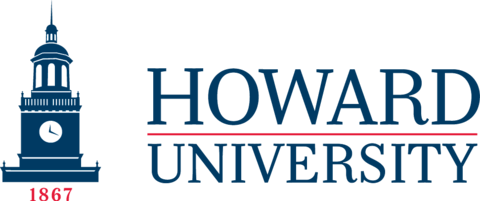
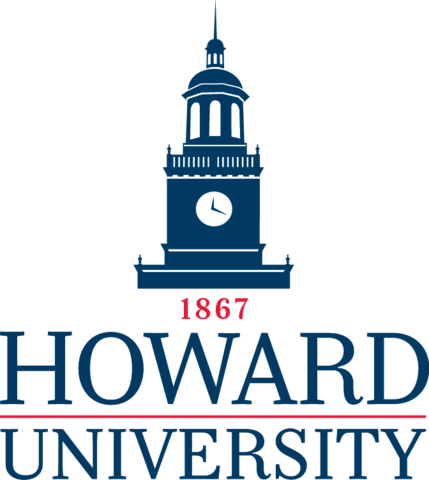
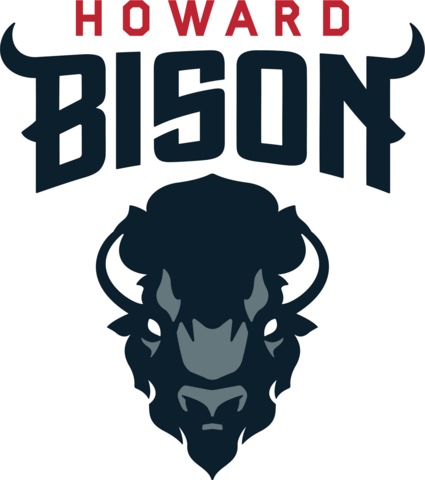
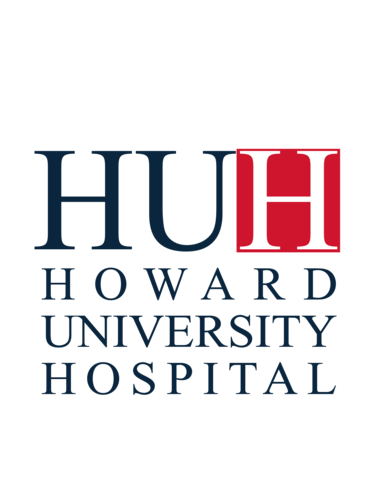

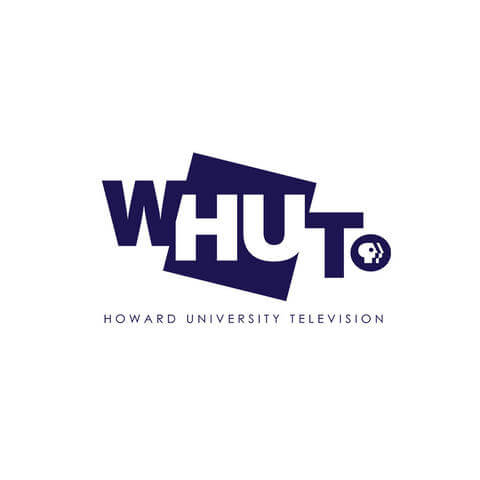
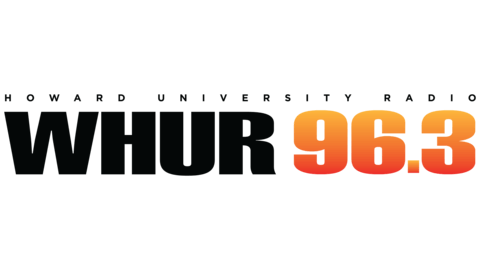
Unit signatures consist of the primary University logo with the unit’s name to the right of the symbol.
The purpose of unit signatures is to present a unified, consistent image for the University, while recognizing the individuality of each unit. They were created for use on internal and external communications pieces specific to each unit. Each official unit signature is a registered trademark and may not be altered.

